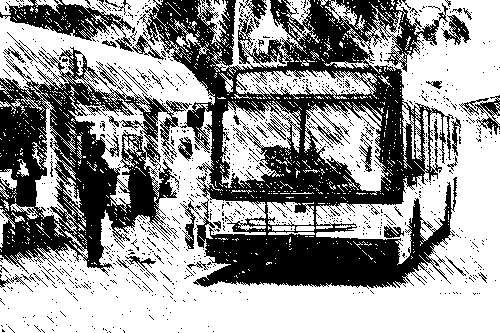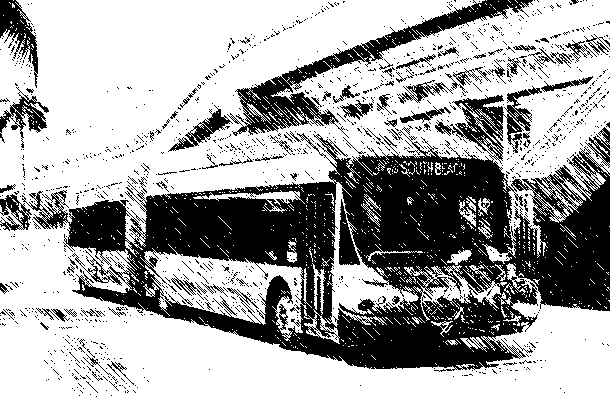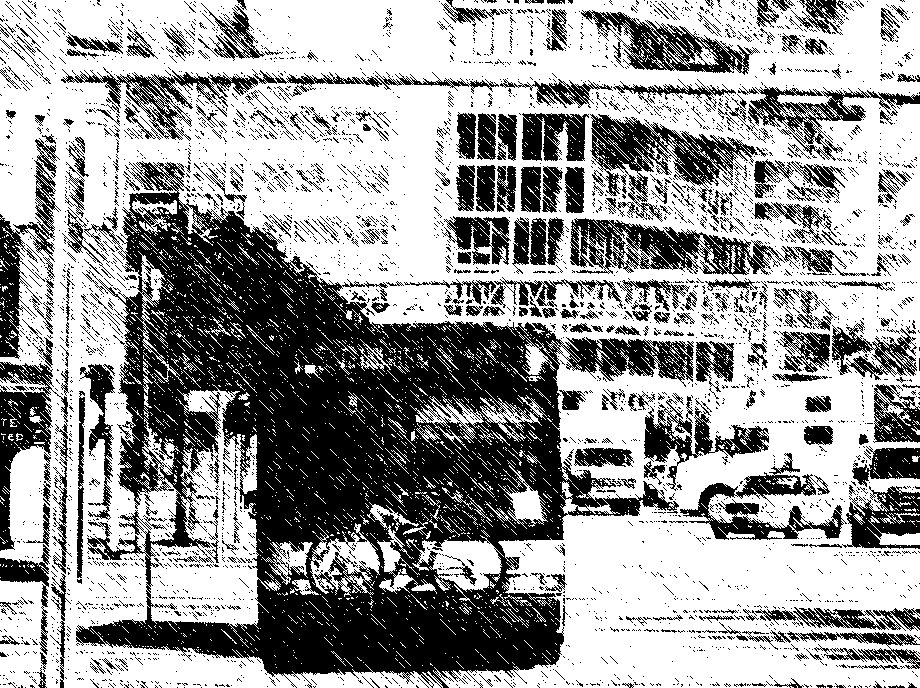
Background
A Quick Transportation Lesson
The Metrobus is the only countywide public transportation system in Miami-Dade. It's managed by Miami-Dade Transit (MDT), which also manages the Metrorail, Metromover, both rail services, and the Special Transportation Service (STS)- a door to door service for individuals with disabilities.
MDT traces its origins back to 1960, when the County Commission passed an ordinance to unify the different transit operations into one countywide service. The bus system began fully operating in 1962 under the county’s supervision.
The Top Transit Networks: Metrobus, Metrorail and Metromover
The Metrobus network has over 90 bus routes, 600 buses and more than 7,000 bus stops servicing areas from Miami Beach to West Miami-Dade, and from Key Largo to the Broward County line.
The Metrorail network, on the other hand, has 23 accessible stations about a mile apart from each other with services to Miami International Airport (MIA), and runs from Kendall to downtown Miami to Brownsville, Liberty City, Hialeah, and Medley in Northwest Miami-Dade, with connections to Broward and Palm Beach counties at the Tri-Rail/Metrorail transfer station.
The Metromover, as opposed to the Metrobus and Metrorail, is a free service with 20 stations in Downtown Miami, connecting Government Center and Brickell stations and with Metrobus at various locations throughout downtown.
Metrorail vs Metrobus Stops
Metromover Stations vs Metrobus Stops

Metrobus
Moving Miami…Sort Of
As the only countywide transportation mode in Miami-Dade, the Metrobus has an annual ridership of more than 60 million compared to Metrorail's annual ridership of more than 5 million and Metromover's 10 million annual ridership.
Annual Ridership by Mode of Transportation
Metrobus ridership sharply declined after the economic recession in 2008 but began to improve again in 2010 as the economy recuperated. Thus proving that Metrobus services are heavily used by commuters going to work.
In fact, ridership preferences data highlights that the Metrobus system is mostly used Monday through Friday, coinciding with traditional workweek schedules. On weekends, ridership significantly declines.
Ridership Preferences in Miami-Dade County (October, 2015)
The most popular Metrobus route is Route S with an average monthly ridership of over 350,000 since 2009. Route S starts at the Government Center in Downtown Miami, crosses to Miami Beach over the MacArthur Causeway and transits Collins Avenue until reaching Aventura Boulevard in the North.
A Look at Metrobus Route Ridership
Route 11 is the second most popular route stretching from Downtown Miami west to 107 Avenue on Flagler Street and ending at FIU's Modesto Maidique Campus. Route 11 has a monthly ridership average of over 300,000 riders.
Route L, with an average of more than 250,00 riders, is the third most ppular route. It starts at the Miami Beach Convention Center, goes north on Collins Avenue and heads west on the 79 Street Causeway to the Hialeah Metrorail Station stopping at the Northside Metrorail Station, Amtrak Passenger Terminal, and Tri-Rail Metrorail Station.
All other routes average between as little as 1,000 riders up to 200,000 riders per month.
The least popular bus routes are Route 254, Route 500, Route 354 and Route 202.

The Challenge
Fixing Bumpy Routes
Some challenges are imminent in the process of fixing transportation in Miami. Metrobus service is limited in the South and SouthWestern regions of the county. These regions are serviced by the South Miami-Dade Busway- a 56 stop service offering an alternative to driving between Florida City and Dadeland South Metrorail station; and a few other routes with a limited number of stops.
A major challenge will be to innovate Metrobus services in these areas to accommodate the trends in population growth and rising prices in the real estate market. A look at housing trends shows that new and affordable housing constructions in the southwestern areas of the county are becoming increasingly appealing to people looking to purchase a home.
Areas with Homes Under $200,000
Areas with High Numbers of Jobs
The map on the left shows the areas with affordable homes under $200,000. These areas have limited Metrobus stops and access to only one highway-Florida’s Turnpike. The map on the right shows the areas in the county with the largest concentration of jobs.
The areas shown in the map on the left have seen an increase in traffic congestion on the Turnpike and the Palmetto (SR-836) resulting from residents moving to these more affordable areas and continuing to commute north to the Downtown Miami area and north Miami-Dade, where most jobs are concentrated.
It will take the energy, passion and innovation of an engaged civic community to propose and implement plans to improve Metrobus services and the public transportation system in Miami-Dade County.
Sources:
American FactFinder. US Census Bureau. 2016.
Transportation and Public Works. Miami-Dade County. 2016.
Ridership Technical Reports. Transportation and Public Workds. Miami-Dade County. 2016.
Transportation. Miami-Dade County GIS Open Data. Miami-Dade County. 2016.
Trulia. Homes for Sale Miami-Dade County. Trulia.com. 2016.
Planning Research and Economic Analysis. Miami-Dade County. 2016.
Photos accessed from
Nextcity.org. 2016.
Metro Bus-Metro Transit Agency. 2016.
BayLink - Wikipedia. 2016.